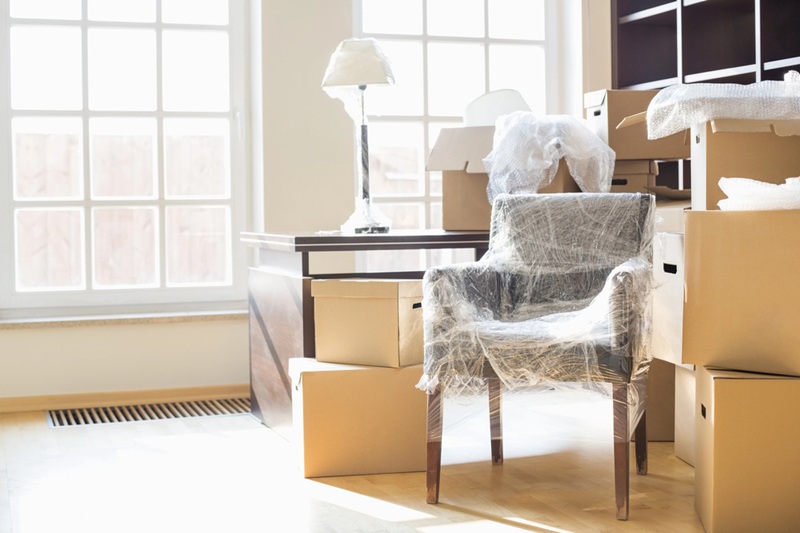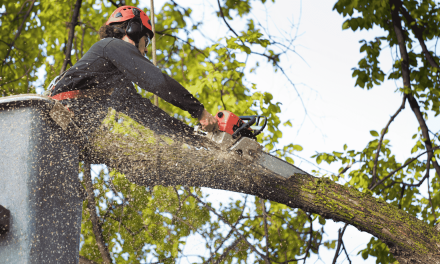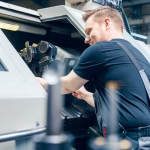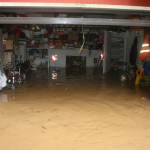8 Essential Considerations When Moving Home

Moving home is one of those life events that’s both exciting and exhausting. Whether you’re upsizing, downsizing, or just chasing a change of scenery, there’s a lot more to it than boxing up your belongings.
From organising removalists and updating your utilities to managing your budget and keeping your sanity intact, the details can pile up fast. If you’re preparing to move within Australia, a little planning goes a long way. Here are eight essential things to think about before moving day so you can avoid chaos and settle into your new place with minimal stress.
1. Set your budget – and pad it
Moving never costs exactly what you expect. Add an extra 10–20 percent buffer to your estimate.
You’ll juggle removalist quotes, packing supplies, possible storage, cleaning, insurance, new utility connections, and maybe truck hire if you go DIY. In cities like Sydney or Melbourne your labour and logistics costs tend to be steeper, especially on weekends or public holidays.
Tip: Get at least three detailed quotes (not rough guesses) from local removal companies. Make sure they itemise “extras” (stairs, lift access, heavy items) so you’re not surprised.
2. Choose a reliable removalist – or plan DIY
If you hire professionals, check they’re accredited by the Australian Furniture Removers Association (AFRA). That gives you at least some assurance of standards in equipment, training, and insurance.
Ask removalists for references or recent photos of their work. Visit or inspect them if possible. For DIY, compare van sizes, fuel costs, how many trips you’ll need, and whether you’ll need helpers.
Also ask: Who’s liable for damage? Are fragile items covered? When does your cover begin and end?
3. Declutter early – don’t haul what you don’t love
One of the best “move hacks” is to lighten your load. A few weeks before, walk through your home room by room and decide: keep, donate, sell, toss.
It’s far easier to organise and transport five boxes of stuff you use than twelve half-filled ones you don’t.
Selling or donating also gives you wiggle room: some unwanted items may sell close to your moving costs, or at least pay for packing materials. If you’ve got a fair bit that you need to get rid of, then working with a rubbish removal company ahead of time is going to be your best bet.
4. Time your move smartly
Avoid peak times such as end of financial year, long weekends, or school holidays. Removalists and truck hire places tend to jack up prices then.
In many states, utilities (electricity, gas, water, internet) require notice of a few days to disconnect or reconnect. Plan your start and end dates so you don’t end up paying for overlapping service at both houses.
If possible schedule completion mid-week – solicitors, banks, tradespeople tend to be less stressed then (so delays or last-minute fixes are more manageable).
5. Pack with a foolproof system
Use consistent labelling: room name + brief contents + priority (e.g. “kitchen – plates – unload first”).
Keep essentials in a “first night” box: kettle, mugs, toilet stuff, chargers, basic tools, light bulbs.
Pack heavy items in small boxes and lighter ones in large boxes. Wrap fragile items individually and avoid overstuffing. Disassemble furniture and keep screws/fasteners in labelled bags.
A good inventory (paper or app) helps you check nothing is left behind – or goes missing.
6. Handle contracts, utilities, and red tape in advance
You’ll need to:
- Notify your electricity, gas, water, internet, phone, and council of the move. Arrange disconnection and connection.
- Update your address with banks, the Australian Taxation Office, Medicare (if eligible), your super fund, electoral roll, insurance providers, and other subscriptions.
- Transfer or cancel your current home and contents insurance and set up cover for your new home starting on move-in day.
- Get meter readings on the day you leave. Take photos to protect yourself against disputes.
- Doing these in the week or two before helps things go smoothly – or at least avoids nasty $$$ surprises.
7. Safeguard your belongings
Before the move, photograph or video critical items – furniture, appliances, electronics. Note their condition.
If your removalist offers transit insurance, weigh whether it’s worth the extra premium (often it is, especially for high-value goods).
For fragile or sentimental items, consider transporting them yourself in your car if possible. For example, small priceless frames, heirlooms, jewellery, or electronics are safer under your own watch.
8. Prepare to settle in (and recover)
Moving is emotionally and physically draining. Plan a buffer day or two after you arrive. Use that time to:
- Clean the place if needed (before furniture arrives)
- Change locks or rekey doors
- Unpack essentials first – beds, kitchen, bathrooms
- Introduce yourself to neighbours
Find the local services: supermarket, pharmacy, doctors, council tips, bus/train stops
Reassess storage: after seeing your layout, donate or relocate items you no longer need
Also give yourself permission to rest. You’ll be more patient, more efficient, and less likely to break something or forget details when you’re not exhausted.
Final thoughts
Moving home in Australia is a jigsaw of logistics, red tape, emotions and timing. But if you start early, budget generously, pick the right help, and stay organised, you’ll transform what could feel like chaos into a clear path forward.
Let me know if you want state-specific checklists (NSW, VIC, QLD, etc.) or a printable version to walk through as you move.






























